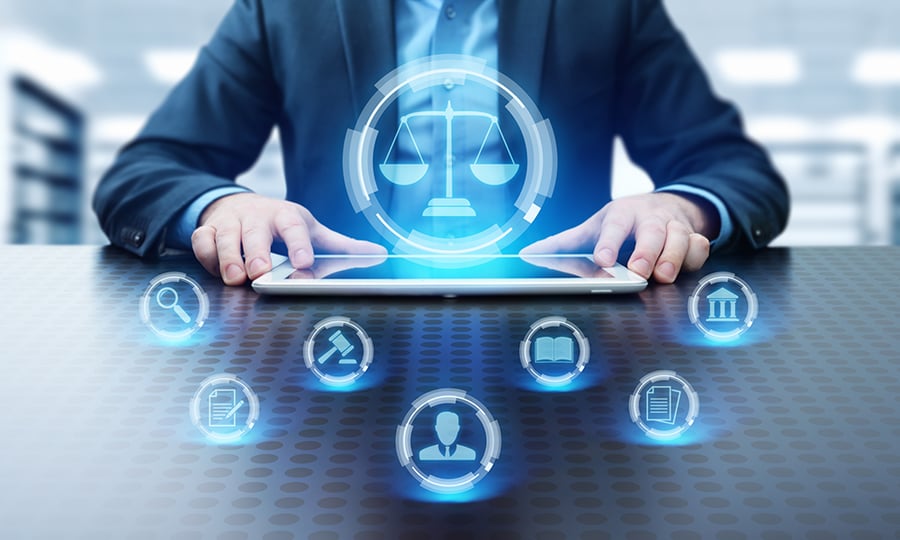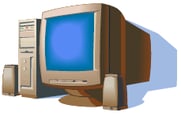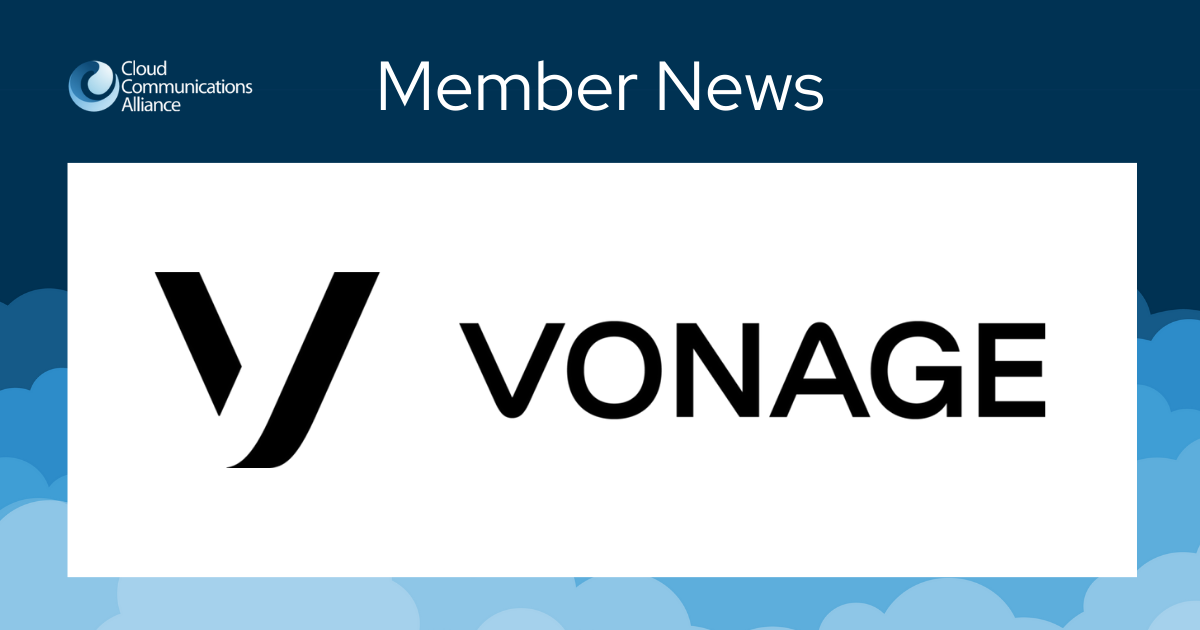Supreme Court Declares Software “Invention” to be Patent Ineligible

 Last week the U.S. Supreme Court found invalid a patent covering a computer‐implemented method for mitigating “settlement risk” (i.e., the risk that only one party to a financial transaction will pay what it owes) by using a third‐party intermediary. In Alice Corp. v. CLS Bank Int’l, the Court held the invention defined by the claims of the patent to be “patent ineligible.” The method patent claim the Court considered recites the following steps carried out by computer:
Last week the U.S. Supreme Court found invalid a patent covering a computer‐implemented method for mitigating “settlement risk” (i.e., the risk that only one party to a financial transaction will pay what it owes) by using a third‐party intermediary. In Alice Corp. v. CLS Bank Int’l, the Court held the invention defined by the claims of the patent to be “patent ineligible.” The method patent claim the Court considered recites the following steps carried out by computer:
 a) “creating” shadow records for each counterparty to a transaction; b) “obtaining” start‐of‐day balances based on the parties’ realworld accounts at exchange institutions; c) “adjusting” the shadow records as transactions are entered, allowing only those transactions for which the parties have sufficient resources; and d) issuing irrevocable end‐of‐day instructions to the exchange institutions to carry out the permitted transactions.
a) “creating” shadow records for each counterparty to a transaction; b) “obtaining” start‐of‐day balances based on the parties’ realworld accounts at exchange institutions; c) “adjusting” the shadow records as transactions are entered, allowing only those transactions for which the parties have sufficient resources; and d) issuing irrevocable end‐of‐day instructions to the exchange institutions to carry out the permitted transactions.
- A claim that recites an abstract idea must include “additional features” to ensure “that the claim is more than a drafting effort designed to monopolize the abstract idea.”
- Simply appending conventional steps, specified at a high level of generality, is not “enough” to supply an “inventive concept.”
- A claim must supply a “new and useful” application of the idea in order to be patent eligible. Computer implementation does not supply the necessary inventive concept; particularly if the process could be “carried out in existing computers long in use”.
- The prohibition against patenting abstract ideas cannot be circumvented by attempting to limit the use of the idea to a particular technological environment.
- Mere recitation of a generic computer cannot transform a patent‐ineligible abstract idea into a patent‐eligible invention.
- By contrast, combining the computer with a novel device which generates and supplies data to the computer for process monitoring and control, is patent eligible.
“Taking the claim elements separately, the function performed by the computer at each step of the process is ‘[p]urely conventional.’ … Using a computer to create and maintain ‘shadow’ accounts amounts to electronic recordkeeping—one of the most basic functions of a computer…. The same is true with respect to the use of a computer to obtain data, adjust account balances, and issue automated instructions; all of these computer functions are ‘well‐understood, routine, conventional activit[ies]’ previously known to the industry…. In short, each step does no more than require a generic computer to perform generic computer functions.”
The Court then held the method claim patent ineligible and also held, “Because petitioner's system and media claims add nothing of substance to the underlying abstract idea, we hold that they too are patent ineligible under §101.” Our firm has substantial experience patenting computer based inventions dating back to the early 1960’s. We have witnessed the relevant law and technology evolve and are well qualified to help clients identify inventions which are patentable and distinguish those inventions from abstract ideas which are not. Please contact us if we can help you define and protect patent eligible inventions.

